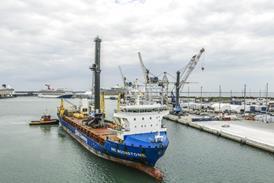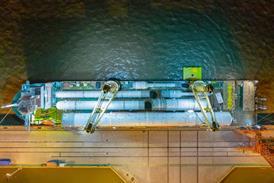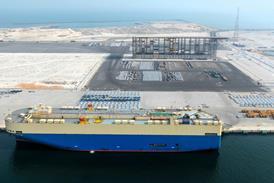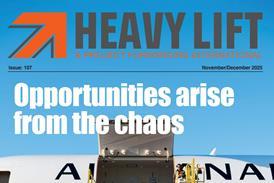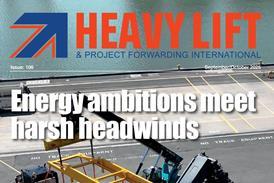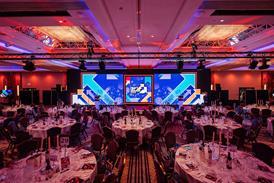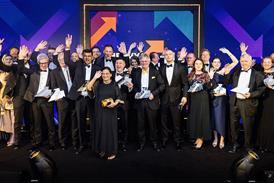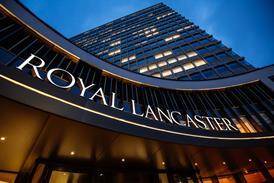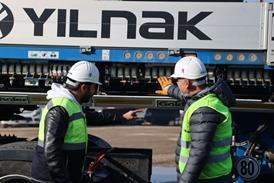Dutch transport engineering specialist Mammoet has shared details of its two-year role in Shell’s Holland Hydrogen 1, Europe’s first large-scale green hydrogen plant.

Its electrolyser units, with a total capacity of 200 MW, will generate up to 60 tonnes of hydrogen per day, drawing power from the Hollandse Kust Noord offshore wind farm. Significant engineering expertise was required to ensure its ambitious blueprint could be built to schedule.
Mammoet was involved from the early stages of the project to consult on its constructability at the FEED phase, and ultimately to plan and manage the road movements and key lifts. Constructed behind the sand dunes of the Dutch coast, the area surrounding the site was in a state of continual development, making accessibility difficult. Adding further challenge was the workspace itself – an area of limited space and with different contractors working concurrently. Mammoet said that early involvement, detailed planning and precision engineering was key to ensuring the biggest building blocks for this project were delivered safely and to schedule.
“We started our involvement supporting with the route survey, as part of wider pre-study activity,” said Paul van der Waal, tender specialist at Mammoet. “I was actively involved in the constructability meetings to look at the build from a transport and lift perspective.”
From this study, the team determined the optimum routes and equipment needed to transport the heaviest items – many arriving by sea – to the site. The Euromax terminal in Rotterdam was selected as the receiving port.
A study on a section of its quayside was conducted, to ensure the ground was strong enough to bear the weight of the heaviest components and ensure this did not become a limiting factor on the size, and therefore cost-efficiency, of modules. Working inside this section of the quay, the heavy items were unloaded from arriving vessels using a 750-tonne lift capacity mobile crane and placed onto conventional trailers pulled by prime movers.
Once offloaded, they were moved to a temporary storage area inside the port or transported directly to the site, 15 km away.
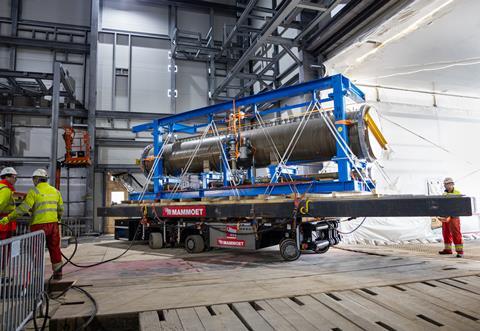
Mammoet was also tasked with providing the means to unload, transport and ready the components for installation. Emissions were not permitted during the significant phases of this project taking place indoors. An assortment of zero-emission equipment was used on site – including a heavy duty carrier (HDC hydraulic platform trailer), robot mover and LTC1050-3.1E crane – all powered by electricity.
The company said it performed all lifts for items above 1 tonne. Mobile cranes, with capacities ranging between 60-750 tonnes, were utilised throughout. Heavy items were installed by being skidded or lifted into position.
Transformers (weighing 90-165 tonnes) were installed by skidding and jacking. 10 large air cooler units of 80 tonnes each were lifted onto the facility’s roof using a dedicated steel structure. Mammoet also supported the installation of around 200 items inside the building housing the electrolyser. These comprised 10 electrolyser units, each built from approximately 20 parts.
With space on the site limited, finding ways to help alleviate this led to a large pipe rack unit being fabricated offsite instead of inside the facility. Mammoet was able to move and install the rack in two sections, providing a modular construction solution that saved time, space and minimised onsite disruption.

